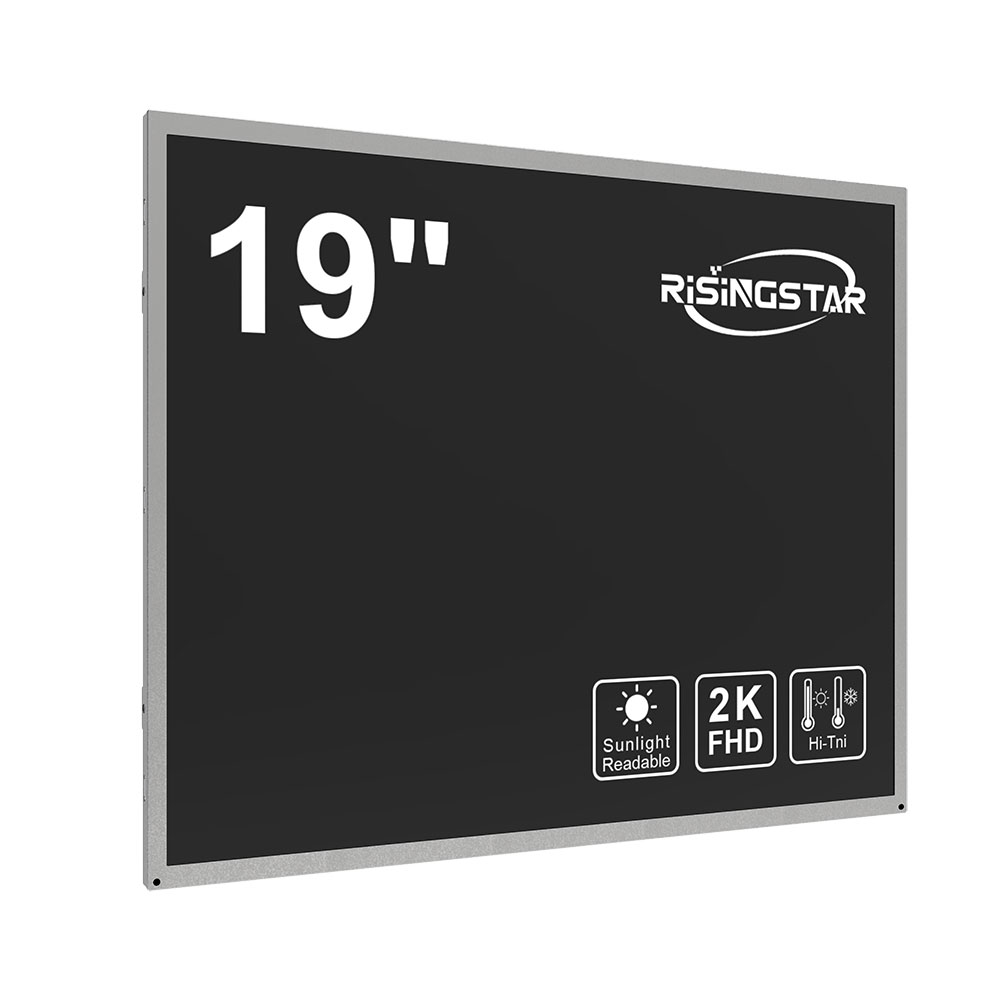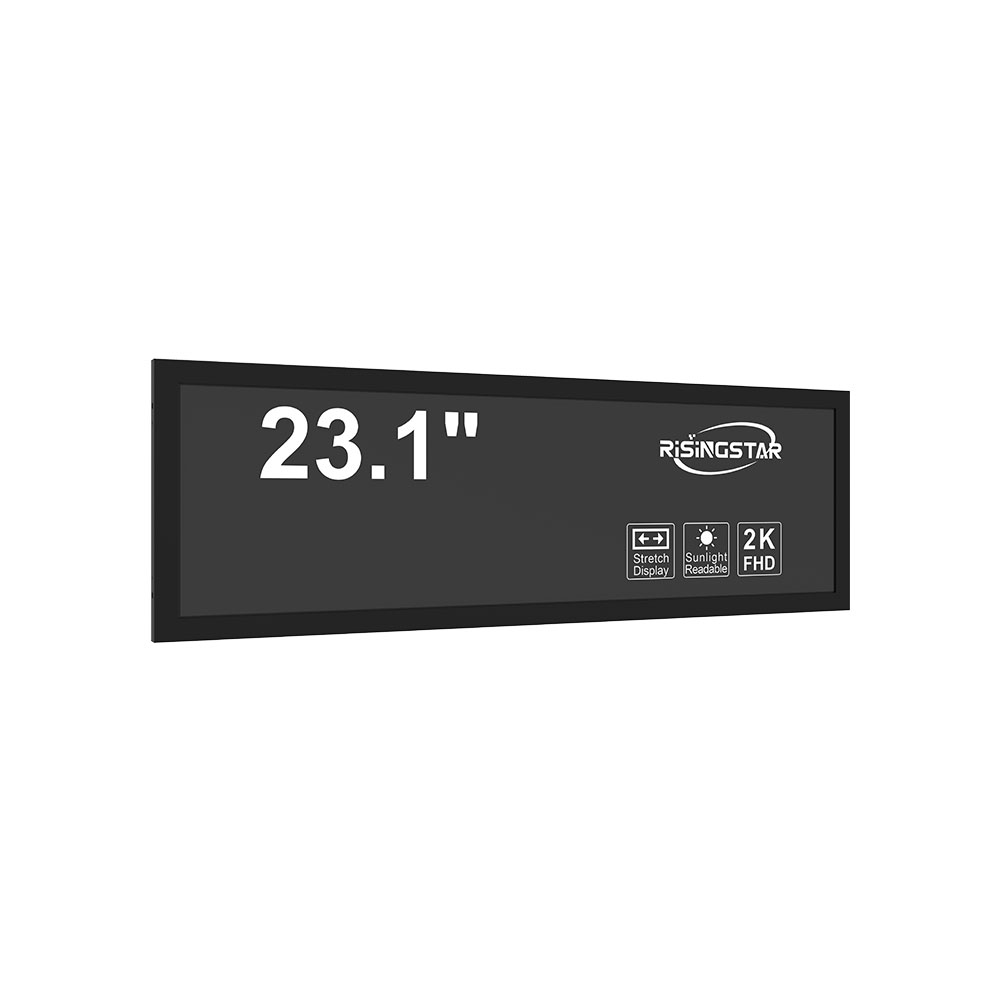- Home
- About Us
- Products
- News
- Video
- Contact
- Send Inquiry
Search
- Home
- About Us
- Products
- News
- Video
- Contact
- Send Inquiry

In today’s increasingly connected world, outdoor digital displays must perform reliably under extreme environmental conditions—especially in direct sunlight, high temperatures, and humidity. High-brightness, sunlight-readable LCD screens have emerged as the gold standard for critical applications such as passenger information systems in railways, buses, trains, subways, and intercity rail networks; EV charging kiosks; gas pumps; and outdoor digital signage in retail, real estate, and public infrastructure. These displays are engineered to maintain clarity and responsiveness even at 5,000 nits or higher brightness levels—a benchmark that far exceeds standard indoor LCDs (typically 300–500 nits).
Industry standards like ISO 16750 for automotive electronics and MIL-STD-810 for ruggedized equipment ensure these screens withstand shock, vibration, temperature extremes (-30°C to +70°C), and moisture ingress (IP65 or higher). For instance, in Tokyo Metro and London Underground systems, manufacturers like LG Display and Sharp have deployed 4K ultra-high-definition sunlight-readable panels with wide viewing angles (178°) and anti-glare coatings, reducing driver distraction while improving rider experience.

In EV charging stations, high-brightness displays guide users through payment options, station status, and charging progress using intuitive icons and real-time data feeds. Gas pump interfaces similarly leverage this technology to ensure fuel pricing remains legible in broad daylight, a key factor in compliance with U.S. Department of Energy regulations on consumer visibility. Real estate agencies use large-format outdoor digital signage (often 55”–86”) to showcase property listings, with embedded weatherproof enclosures rated IP66, enabling year-round operation in urban environments like New York City or Dubai.

Retail digital signage benefits from adaptive brightness control powered by ambient light sensors (ALS), which reduce power consumption by up to 30% during low-light periods while maintaining peak visibility in midday sun. Studies from Statista (2024) indicate that 68% of global retailers now use outdoor digital displays to increase foot traffic, with ROI improvements averaging 15–25% in high-traffic zones like shopping malls and transit hubs.
The core technologies driving these innovations include LED-backlit LCDs with local dimming, wide color gamut (DCI-P3 or Rec. 2020), and advanced polarizer films that suppress specular reflection. Manufacturers also integrate edge-to-edge glass protection (like Gorilla Glass), thermal management systems, and modular designs for easy field maintenance. As cities adopt smart mobility solutions under initiatives like EU’s Green Deal and China’s Smart City Program, demand for robust, energy-efficient outdoor displays continues to grow—making high-brightness sunlight-readable LCDs not just an option, but a necessity for modern infrastructure.